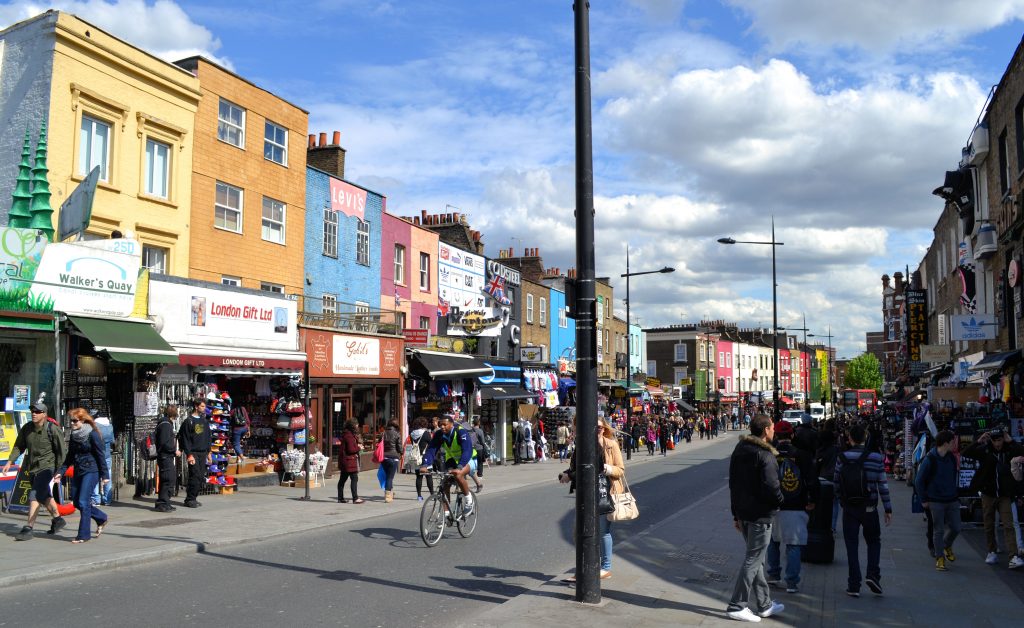New research suggests that depends quite a lot on where they’re located.
There’s been a lot of worry in the UK recently about the decline of high streets. Technically defined as a place with 15 or more shops within 150 metres of each other, they are often found in the centre of towns and provide locals with employment and a convenient place to do their shopping. There are currently about 7,000 high streets in the UK. According to data collected by the Office of National Statistics (ONS), 16 percent of Brits live within 200 metres of one and 13 percent of all British businesses have a store located on one.
Is the British High Street dying? Well, the ONS data suggests it’s a little more complicated than that. Across the UK, the number of retail businesses - i.e. shops that sell goods like pet food or shoes - fell by 2 percent. But that average hides a lot of variation between different regions. In Wales, 10 percent of high street retail businesses closed their doors. But in London, there was actually a boom in the number of high street retail businesses - they increased in number by about a fifth.
Why is this? Well, many more Londoners (38 percent) live close to a high street. Now that many goods can be purchased online, perhaps most people don’t bother to travel to their high street unless it’s extremely convenient. Or it could be about relative wealth. Londoners have average disposable incomes of £27k a year; the Welsh equivalent is £16k. And although the cost of living is higher in London, that may still leave more money to spend buying stuff.
Another interesting trend is that although high streets shops declined in the UK, other types of businesses (things like restaurants, offices and bars) grew. Overall, there were 15 percent more businesses on high streets at the end of 2017 than there were at the start of 2012 (although the number of businesses not on high streets grew even more, by 22 percent).
This could still mean less people using the high street overall: a road with just office buildings isn’t going to be visited by many members of the public. But it also suggests that, in bricks-and-mortar shops at least, people are now more interested in spending money on experiences rather than stuff.
Read our explainer on: consumption.

